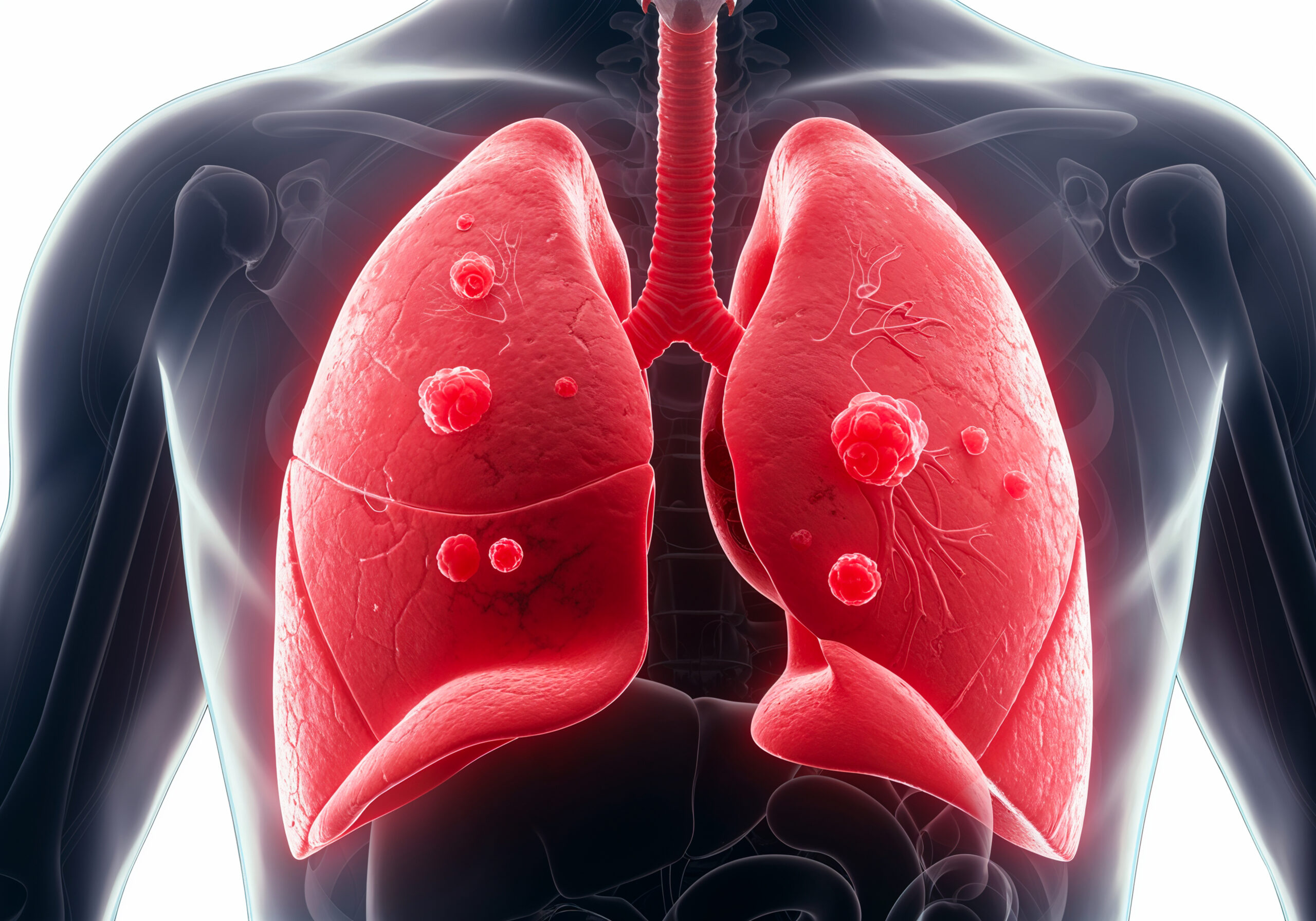Life Insurance Underwriting: Lung Nodules

Facts You Should Know
- Where some insurers decline, others may offer preferred
- Lung nodules are quite common among older applicants
- Most lung nodules are benign and do not require a rating
- Newly diagnosed nodules are of greatest concern for underwriters
- Benign lung nodules are often classified as preferred risks
- Learn more: The American Lung Association on lung nodules
Life Insurance Underwriting for Lung Nodules: A Smarter Path Forward
When a client’s imaging reveals a lung nodule, many conservative life insurers default to postponement—especially if the finding is recent. But postponement isn’t always necessary, and that’s where we come in.
Underwriting decisions hinge on key clinical factors: nodule size, number, and radiographic characteristics (such as calcification), along with the applicant’s tobacco history. While most nodules are benign, the specter of early-stage lung cancer leads many carriers to err on the side of caution, often sidelining otherwise healthy applicants.
We specialize in navigating these gray zones. Our role is to build a compelling, evidence-based narrative—leveraging radiology reports, clinical follow-up, and risk stratification tools—to reassure medical directors at more progressive insurers. When the data supports it, we advocate for preferred or standard classifications, even in cases others might decline or delay.
If your primary carrier is hitting pause, bring us your tough cases. You might be surprised at what’s possible when underwriting meets nuance.
What Makes Lung Nodules Underwriting-Complex?
Underwriters focus on several key factors:
• Size and number of nodules
• Radiographic features (e.g., calcification, shape, margins)
• Tobacco use history
• Medical history (lung disease, prior cancer, radiation exposure)
• Family history of lung cancer
Even a single newly identified nodule can raise red flags. But when the data supports benignity—especially with stable imaging and no risk factors—some carriers may offer preferred rates.
Carrier Selection is Critical
Each insurer uses proprietary criteria. Some may offer coverage for incidental nodules up to 6mm, while others won’t touch the case until follow-up imaging is complete. That’s why carrier selection and detailed case development are essential.
To qualify for preferred rates, the applicant typically must:
• Have no history of smoking
• No lung disease or radiation therapy
• No family history of lung cancer
• Present with nodules ≤6mm without concerning features
If these criteria are met, we can often negotiate favorable outcomes—even when your primary carrier declines.
What We Need to Advocate Effectively
To build a compelling case, we need answers to the following:
• When were the nodules first discovered?
• How many nodules were found, and what is the size of the largest?
• Have they changed over time?
• What do recent imaging studies (CT or PET) show?
• Have biopsies been performed? What were the results?
• Are the nodules benign, malignant, or indeterminate?
• Any history of lung disease, cancer, or occupational exposure?
• Smoking history—current or past?
• Family history of lung cancer?
• Are you under surveillance by a pulmonologist or oncologist?
• Any treatments or medications related to lung health?
The more detail we have, the better we can match your client to the right carrier—and model realistic pricing options.
Bring Us Your Tough Cases
If your go-to carrier is hitting pause, don’t give up. We thrive on complexity and nuance. With the right documentation and strategic positioning, we can often secure coverage where others won’t. Let’s turn “postpone” into “preferred.”



